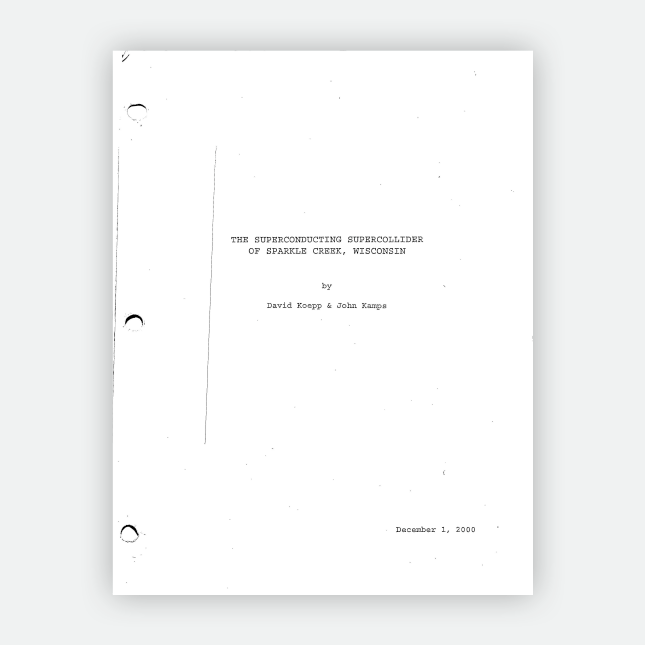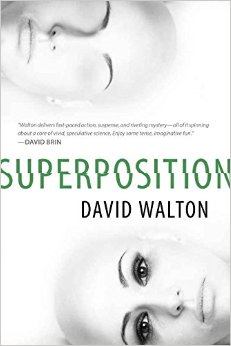
The book then moves on to practical SC applications.
#Supercollider book software
Chapter 11 describes SC on the Windows operating system, and chapter 12 describes SC on Linux, including the interfaces between SC and various Linux software packages.
#Supercollider book code
The chapter covers some SwingOSC internals and the facility to incorporate Java classes in SC code development. Chapter 10 describes SwingOSC, which is a cross-platform toolkit for developing SC GUIs. The chapter introduces various ways of developing a GUI in SC using CocoaGUI.
#Supercollider book mac os x
Chapter 9 describes software called CocoaGUI, implemented on the Mac OS X operating system. The next section covers SC on various operating system platforms. Chapter 8 explains SC's object modeling features. Chapter 7 is a tutorial on the just-in-time SC programming features, including interactive programming, rewriting after waiting, and live coding over networks. The tutorial explains these concepts in detail. In SC, a pattern comprises a sequence of values, and a stream performs an event pattern. Chapter 5 begins by explaining various programming features of the SC language, and ends with program control flow and features related to design patterns. The second section includes four chapters containing advanced SC tutorials. Chapter 4 is a tutorial on external-device communication within the SC environment, and input/output programming for the musical instrument digital interface (MIDI) and open sound control (OSC) protocols. Chapter 3 consists of a tutorial on music composition using SC, and time control mechanisms and recording are explained in detail. Chapter 2 discusses Ugens, explaining their use with examples of common Ugens. Unit generators (Ugens) are used to generate and process signals to and from the synthesis server. The SC environment is based on a synthesis server.

Chapter 1 also covers music-related programming constructs such as buses, synthesis, and scales. Chapter 1 introduces the environment and basic SC programming language features.

The first four chapters present tutorials on SC basics. Many practical SC applications are described, as well as SC source code internals. The book also describes building graphical user interfaces (GUIs) using toolkits on various operating system platforms. This book offers a set of tutorials on building musical compositions using the SC programming language.

SuperCollider (SC) is software with its own programming language for composing music programmatically. A Web site accompanying the book offers code, links to the application itself and its source code, and a variety of third-party extras, extensions, libraries, and examples. Later chapters cover more advanced topics and particular topics in computer music, including programming, sonification, spatialization, microsound, GUIs, machine listening, alternative tunings, and non-real-time synthesis practical applications and philosophical insigh"s from the composer's and artist's perspectives and "under the hood," developer's-eye views of SuperCollider's inner workings. The first chapters offer an introduction to the basics, including a friendly tutorial for absolute beginners, providing the reader with skills that can serve as a foundation for further learning. The SuperCollider Book is the long-awaited guide to the design, syntax, and use of the SuperCollider language. Free, open-source, cross-platform, and with a diverse and supportive developer community, it is often the first programming language sound artists and computer musicians learn. SuperCollider, first developed by James McCartney, is an accessible blend of Smalltalk, C, and further ideas from a number of programming languages. With contributions from top academics, artists, and technologists that cover topics at levels from the introductory to the specialized, it will be a valuable sourcebook both for beginners and for advanced users. The SuperCollider Book is the essential reference to this powerful and flexible language, offering students and professionals a collection of tutorials, essays, and projects.

SuperCollider is one of the most important domain-specific audio programming languages, with potential applications that include real-time interaction, installations, electroacoustic pieces, generative music, and audiovisuals.


 0 kommentar(er)
0 kommentar(er)
